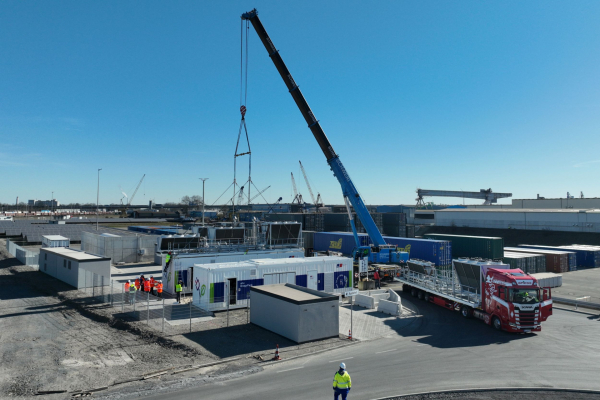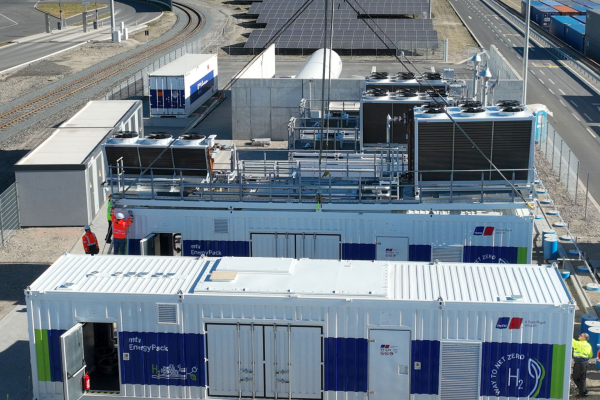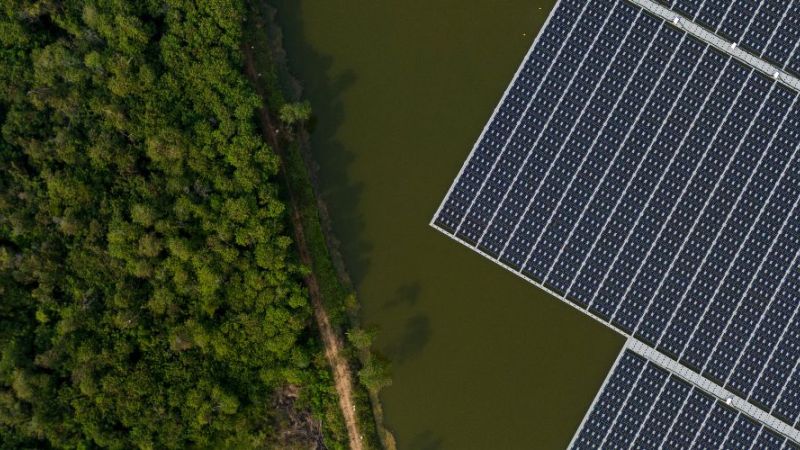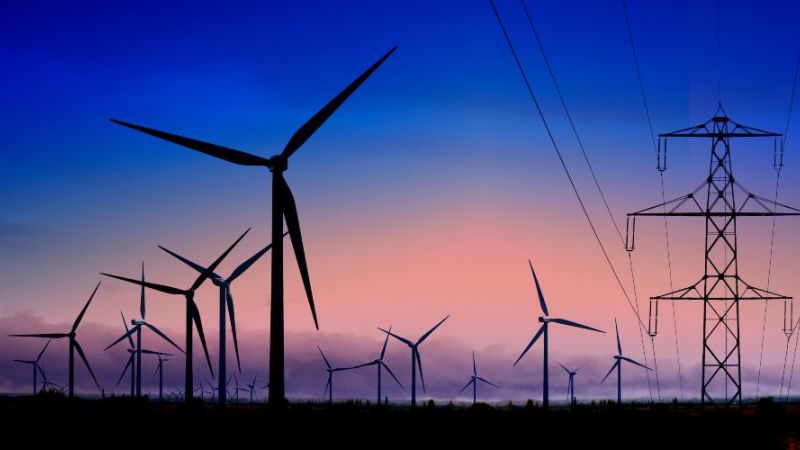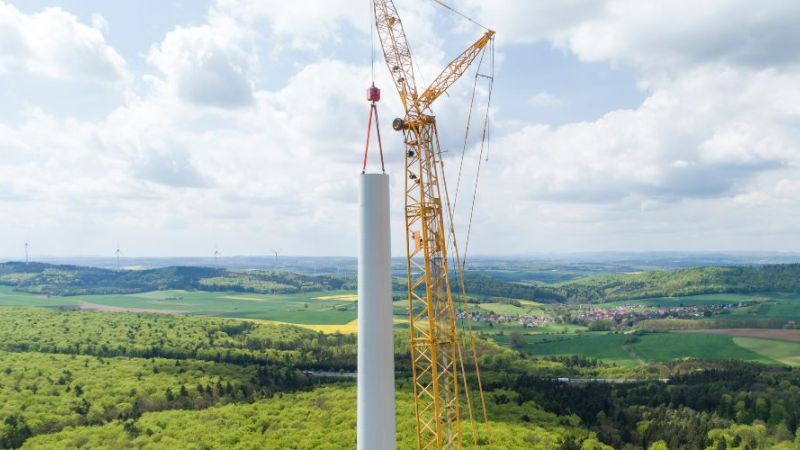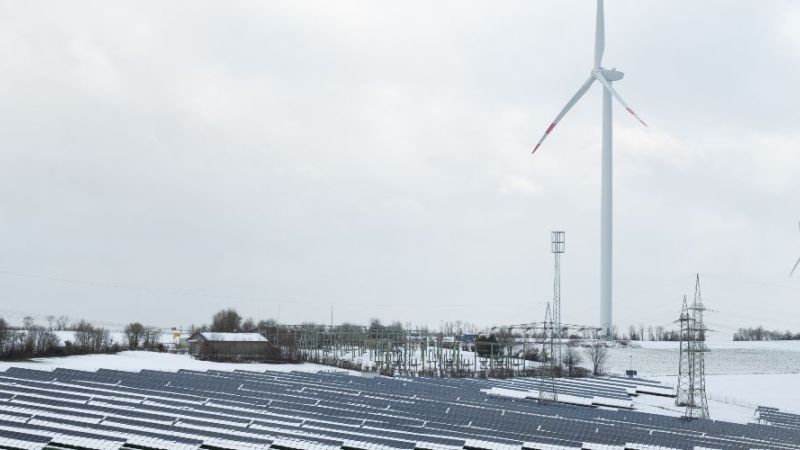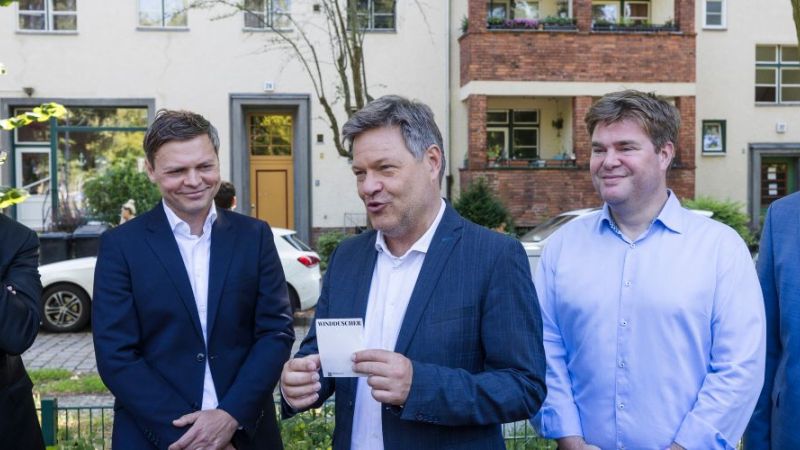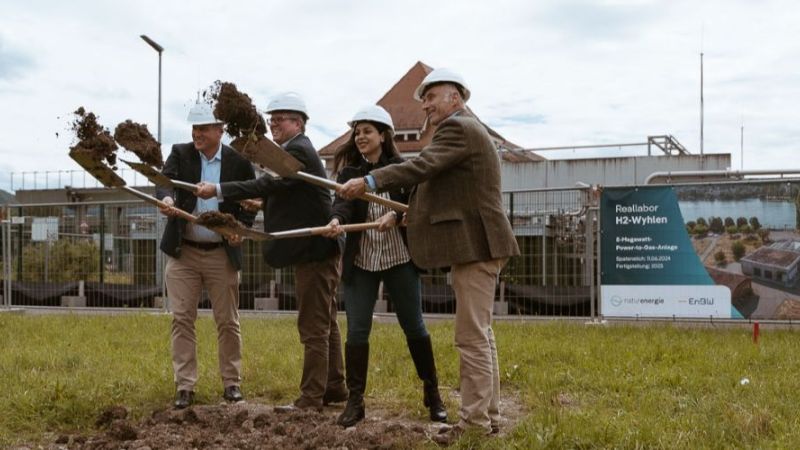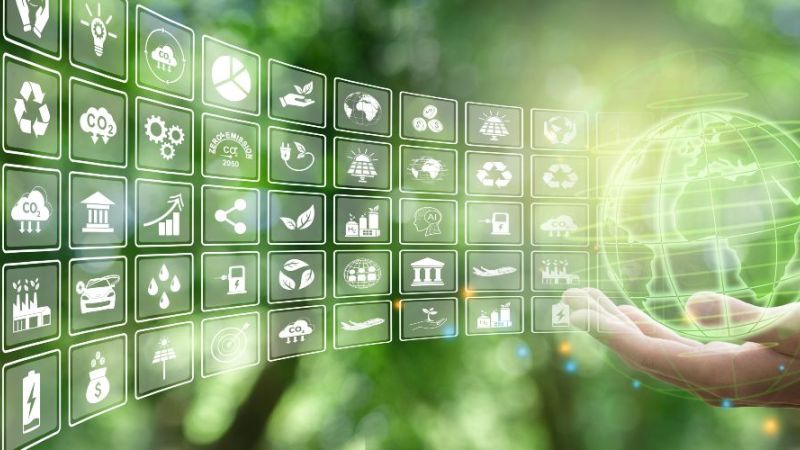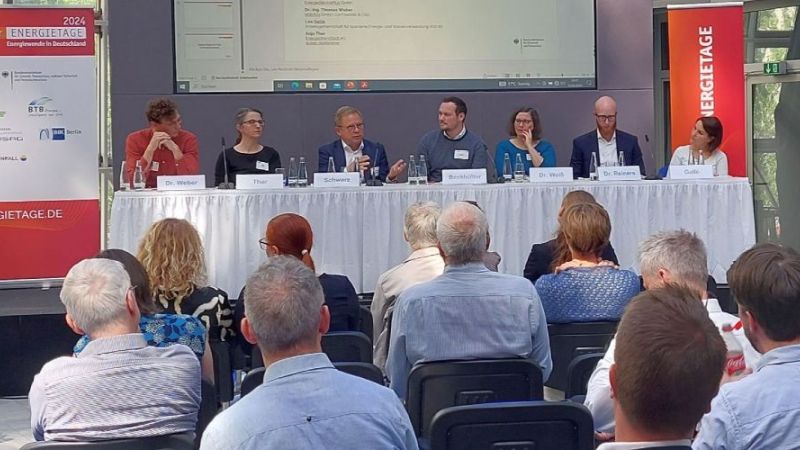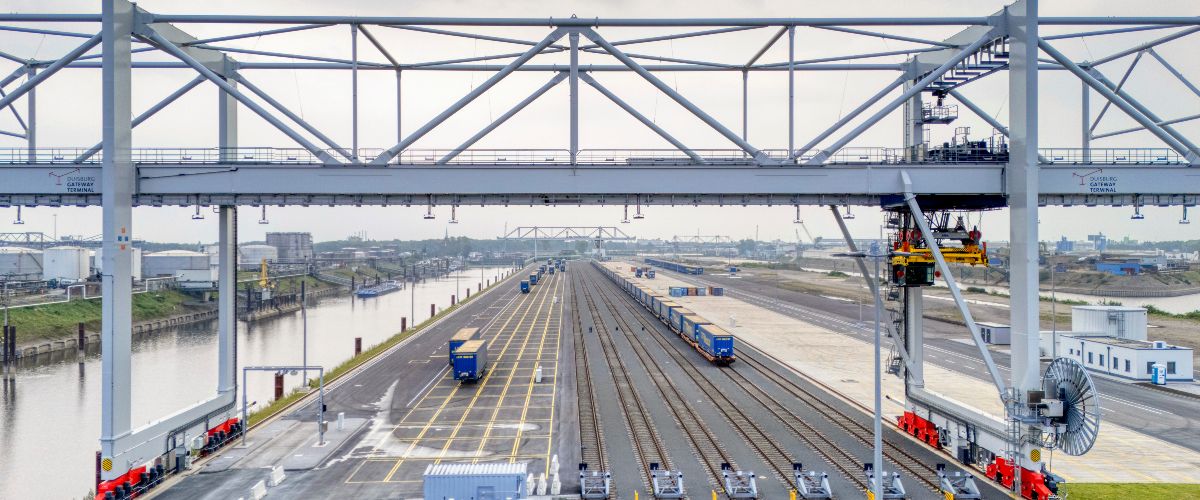 © duisport/Ilja Höpping
© duisport/Ilja Höpping
Hydrogen-based electricity and heat
Container terminal tests climate-neutral operations
Germany’s approximately 170 inland ports produce emissions not just from lorries, trains and ships, but also from port operations themselves. Duisburg is changing this – in part through the use of hydrogen. Tests are underway to bring new energy infrastructure online at one of its container terminals.
Duisburg, with its 21 harbour basins, handles around four million containers, more than 25,000 trains and 20,000 ships annually. It is considered the world’s largest inland port. EnerPort II, a project backed by the Federal Ministry for Economic Affairs and Energy, aims to establish Duisburg as a pioneer in climate protection.
Crane operations, lighting, and the heating and power supply for offices at Duisburg Gateway Terminal (DGT) are set to become fully climate-neutral in the near future. Electricity for the 150,000-square-metre site is generated by fuel cell systems and hydrogen-powered combined heat and power units. Additional electricity is provided by photovoltaic systems. These sources are integrated into a smart microgrid that uses battery storage and intelligent energy management to balance generation and consumption.
Hydrogen infrastructure now complete
In March 2025, four heavy-duty transporters delivered the final components – two hydrogen-powered combined heat and power units – adding 1,880 kilowatts of electrical capacity. The first hydrogen delivery in May allowed project partners to test the pipeline network. Initial commissioning tests of the power units and fuel cells are now under way. The site has recently been connected to the grid, allowing photovoltaic systems and battery storage to come online as well.
Ships powered by renewables instead of diesel
The local energy system at Duisburg Port also supplies heat, produced by the combined heat and power units. This offers further advantages: the thermal energy could, in theory, be used to supply nearby terminals or residential areas through a municipal heating network. The project team is exploring these scenarios to assess possible applications. The entire energy system is digitally controlled and demand-driven, ensuring efficient use of energy and minimising CO₂ emissions.
One direct beneficiary is the shore power infrastructure, which supplies electricity to ships docked in port, eliminating the need for diesel-powered generators. When this power comes from renewable sources – as it does in Duisburg – CO₂ savings increase significantly. In future, energy produced from hydrogen and other renewables will also power cranes, lighting, office buildings and charging points for terminal vehicles and passenger cars.
A blueprint for other ports
“Integrating these technologies into the port’s infrastructure was a complex technical challenge. But we also broke new ground regarding regulatory approvals – until now, there has been very little experience with authorisation procedures for hydrogen systems. The project team has done a remarkable job,” said Dr Björn Hunstock, Head of Energy System Optimisation at Fraunhofer UMSICHT. Together with Professor Anna Grevé, he leads the scientific side of the EnerPort II project. The insights gained could now benefit other ports undertaking similar initiatives. In early May, experts gathered in Oberhausen for a workshop on ‘Renewable energy and new energy systems in ports’ to exchange ideas. The workshop’s findings will be published shortly.
From concept to reality
The groundwork for current developments at Duisburg Port was laid by the original EnerPort project, launched in 2019. In collaboration with Duisburger Hafen AG, Fraunhofer UMSICHT developed an open, transferable concept for energy use and supply at inland ports. The follow-up project, EnerPort II, is now putting that concept into practice. The initiative is part of the Federal Ministry for Economic Affairs and Energy’s Hydrogen Technology Campaign and is receiving around €11.6 million in funding.

